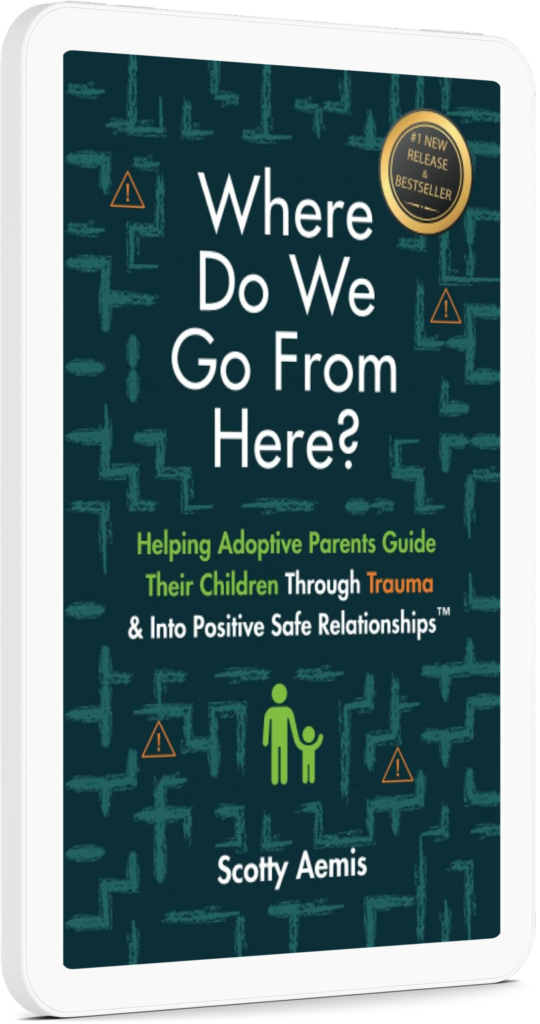Plus the Link Between Artistic Success and Adverse Childhood Experiences
Having suffered from childhood trauma does not make one automatically unable to succeed in life. In fact, there is a surprising link between athletic success and even artistic success for those who have been affected by childhood trauma.
This success is no more apparent than at the Special Olympics. These athletes have overcome huge adversity to succeed in a sport they love. There are other stories for athletes in the Olympics, like that of Canadian speed skater and cyclist, Clara Hughes. Before she was involved in endurance sports, she was into drinking and drugs and escaped a teenage life at home with an alcoholic father. American gymnast Simone Biles spent her early childhood in foster care and British tennis player Andy Murray survived a massacre at his school by hiding under a desk.
But it’s not just top-tier athletes who have found success, but artists as well. Pop legends such as Michael Jackson, Brian Wilson, and Nicki Minaj all suffered serious abuse as kids.
Research Suggests a Link
Research does seem to suggest that many of the world’s greatest athletes have similar stories of childhood adversity. So one study out of the United Kingdom decided to compare 16 Olympic champions against 16 non-medaling Olympians. This study found that all of the medalists were exposed to trauma as a child, including parental death or divorce, physical and verbal abuse, or an unstable home environment, compared to only four of the non-medalists.
New research has also found that artists who had particularly difficult childhoods were more likely to immerse themselves in the creative process, which often leads to artistic breakthroughs. The research found that there was more creative resilience among these artists and that those studied expressed a “greater appreciation for the transformational quality of creativity.”
Can There Be a Silver Lining?
So can childhood trauma have a so-called silver lining in success in sports or the arts? Researchers and psychologists have grappled with the notion that “talent needs trauma” in recent years. But does trauma itself lead to success?
Unfortunately, adverse childhood experiences, known as ACEs, are relatively common, and not everyone is a medaling athlete or pop superstar. Clearly, trauma alone isn’t enough for superstardom.
A closer look at the research shows that it’s not the trauma itself that creates sports or music superstars, but it’s actually what the athlete or artist brings into the experience and takes away from the experience, as well as having the opportunity to participate in a supportive environment that really leads to success.
Building Resilience is Key
In other words, having gone through trauma then building resiliency and having supportive adults in their life is what allows a person to learn from and reflect on the experience. These resilience skills are what allow them to face adversity in sports, the arts, or in life and come out better for it. What is key is providing a budding athlete or artist a challenging and supportive environment where they feel safe to experience both success and failure.
Childhood trauma can present itself as a unique learning opportunity for those who have experienced it, but it requires the tools for healing and building resilience.
If you’d like to learn more about healing from childhood trauma and resiliency, be sure to check out these additional blogs:
How Positive Safe Relationships can Help Heal Childhood Trauma


